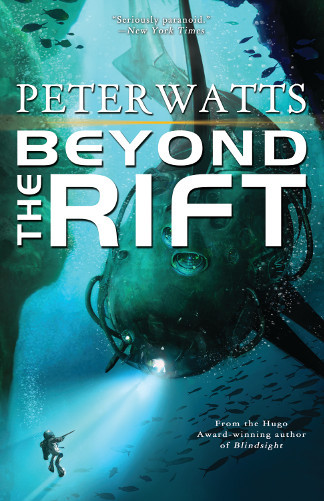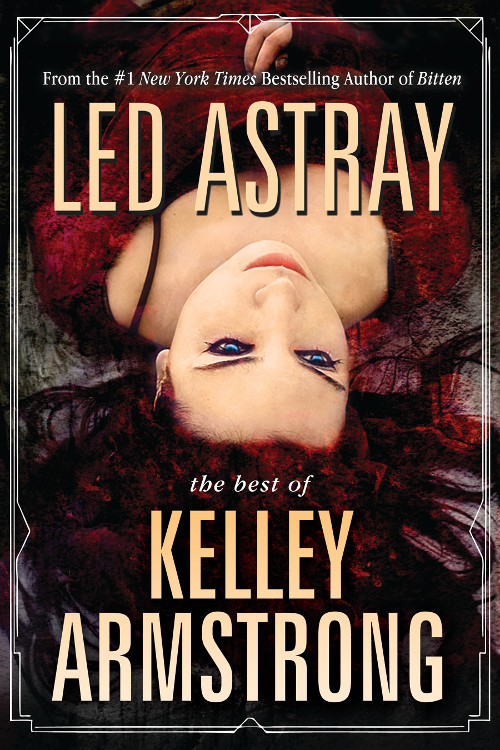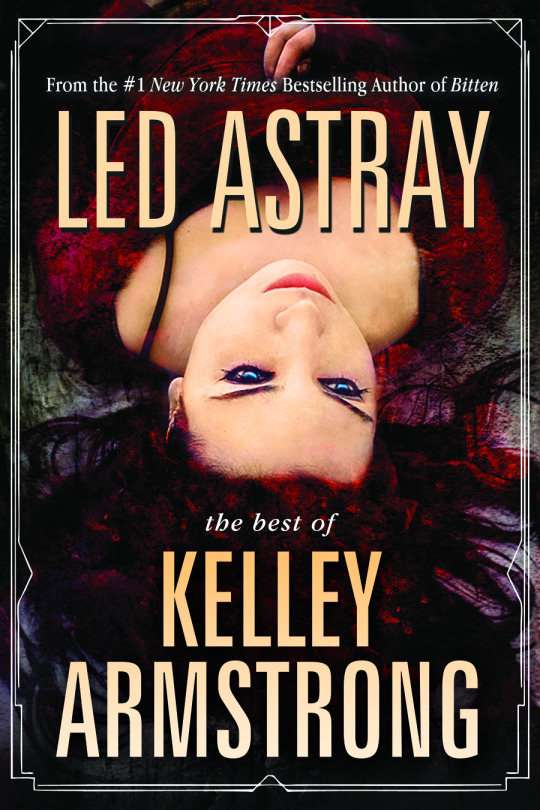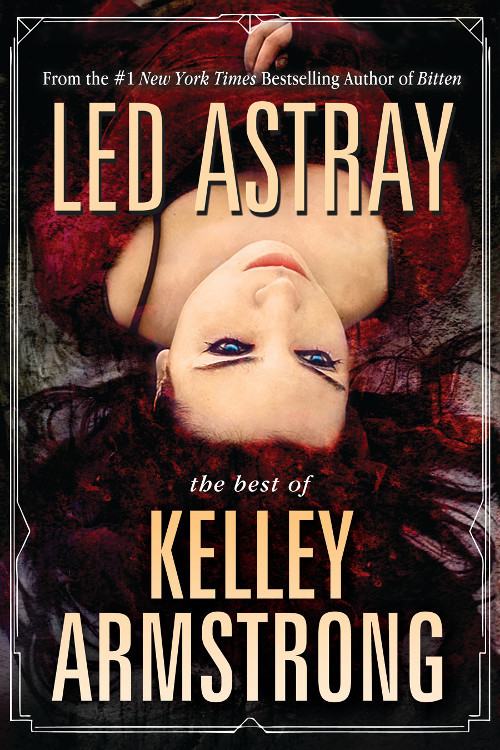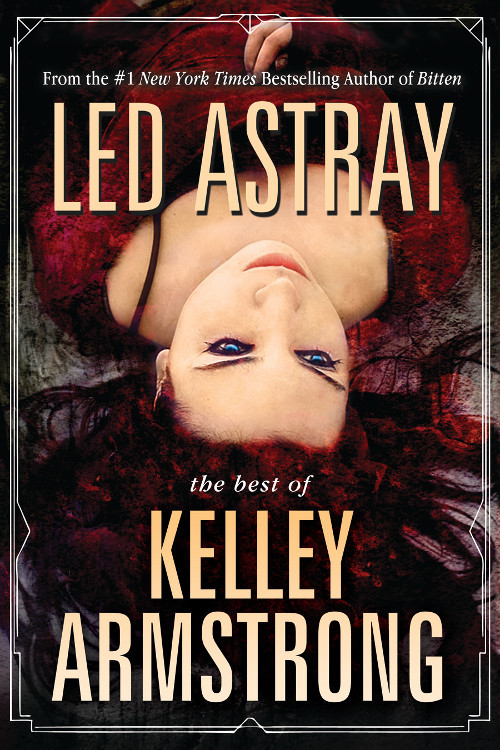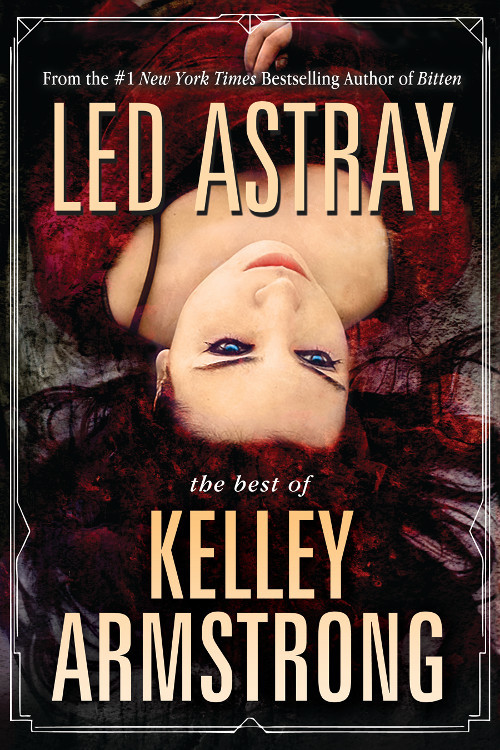Tachyon tidbits featuring Lavie Tidhar, Kelley Armstrong, and Ellen Datlow
The latest reviews and mentions of Tachyon titles from around the web.

Lavie Tidhar (photo: Kevin Nixon. © Future Publishing 2013)/Kelley Armstrong (photo: Kathryn Hollinrake)/Ellen Datlow
Over at his extraordinary MORE RED INK, editor Marty Halpern discusses Lavie Tidhar’s forthcoming CENTRAL STATION.
CENTRAL STATION delivers a complex, idiosyncratic story, with multiple story lines and multiple points of view: robo-priests, strigoi (data-vampires), robotniks (cyborg ex-Israeli soldiers), enhanced humans, revolutionaries, space colonies – and weaving through it all, flows the Conversation, the stream of consciousness that connects everyone and everything.
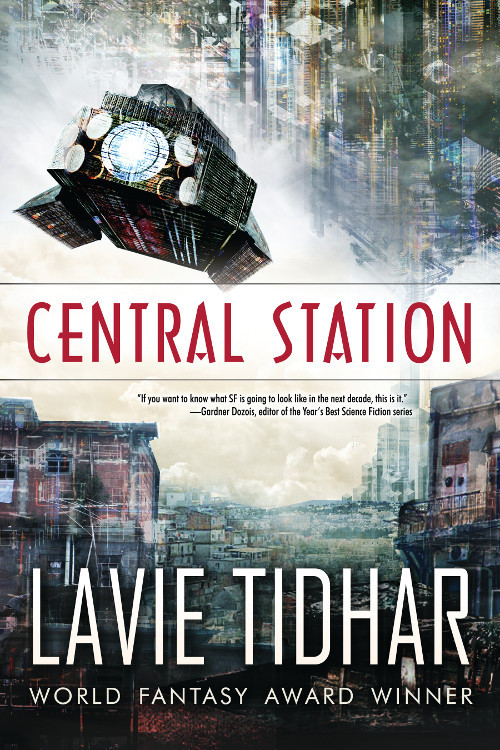
Alise at READERS IN WONDERLAND definitely recommends LED ASTRAY: THE BEST OF KELLEY ARMSTRONG.
Usually, my main issue with anthologies is that the story can feel incomplete due to the length or the characters aren’t developed enough. I had no such problems with the majority of the stories in LED ASTRAY; each of them were entertaining, and some I now can even call favorites. Also, ironically, my favorites were sometimes the shortest ones.
There are so many different genres mixed into this anthology: fantasy, urban fantasy, paranormal, and even a little horror was thrown in. There are some stories more geared towards adults and some to YA, but they are all enjoyable and will appeal to multiple audiences.

Armstrong’s writing pulls you in and keeps your interest. All the stories were well thought out and imaginative, and the conclusions to some will definitely not be what you expected! There are some pretty creepy ones in here as well. They might not keep you up at night, but they definitely can give you a chill and raise the hair on the back of your neck.
I would definitely recommend this to Kelley Armstrong fans, and fans of related genres.

The RUE MORGUE invited Ellen Datlow, the award-winning editor of LOVECRAFT’S MONSTERS, to weigh in on Why is LOVECRAFT still relevant?
Lovecraft’s influence on the field of horror has been enormous. During his lifetime and soon after, a whole sub-genre developed of what today we would call fan fiction. Writers among his circle of friends and acquaintances used his mythos to emulate and/or expand upon his work. Some of the resulting pieces of fiction were pastiches, some was more ambitious, more artful. In 1981 Chaosium Press released the roleplaying game Call of Cthulhu, and the original game, its playbook, and its offshoots and anthologies are still being published.
Scholars have been dissecting his work and his personal life for decades and I think their obsessions have helped keep his work alive.
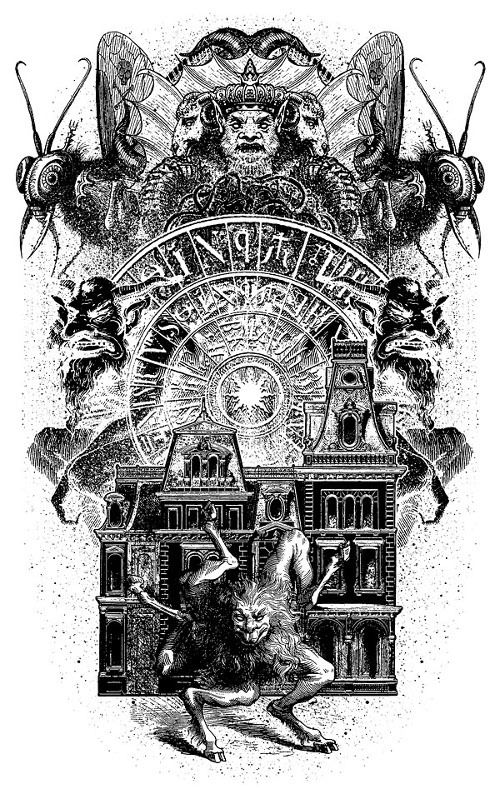
The new generation of writers “playing” in his playground are doing very different things. The best have removed many of the trappings, bringing a freshness to the core elements of Mythos fiction.
But the why of it? More difficult to analyze: Perhaps because his vision of cosmic horror and of the existence of or return of Elder Gods that control human destiny is creepy and effective and has always been so, even though his prose was often clumsy and overblown.
For more info about CENTRAL STATION, visit the Tachyon page.
Cover design by Elizabeth Story
For more info on LED ASTRAY: THE BEST OF KELLEY ARMSTRONG, visit the Tachyon page.
Cover by Elizabeth Story
For more info on LOVECRAFT’S MONSTERS, visit the Tachyon page.
Cover and illustrations by John Coulthart


